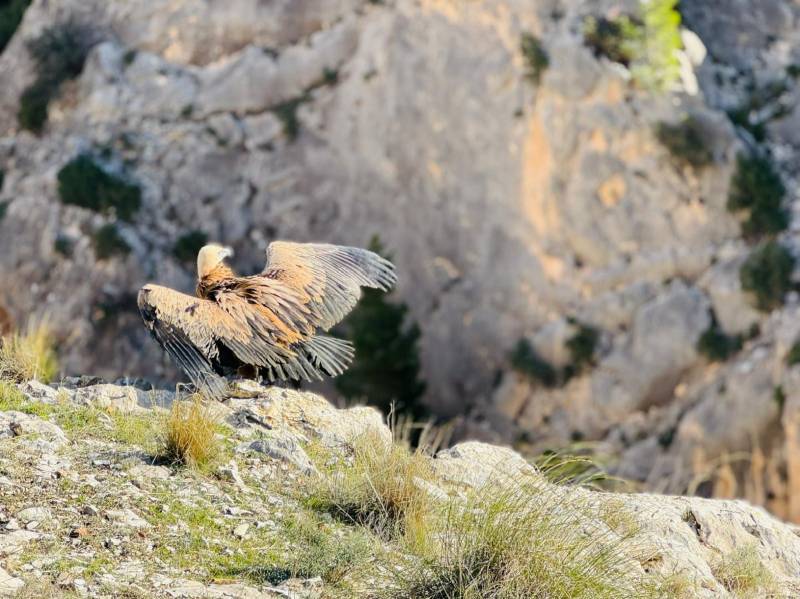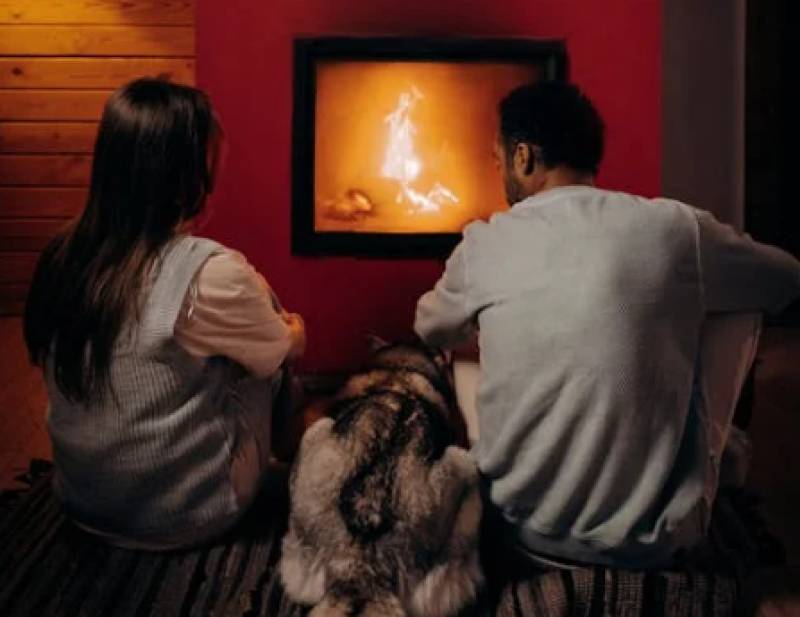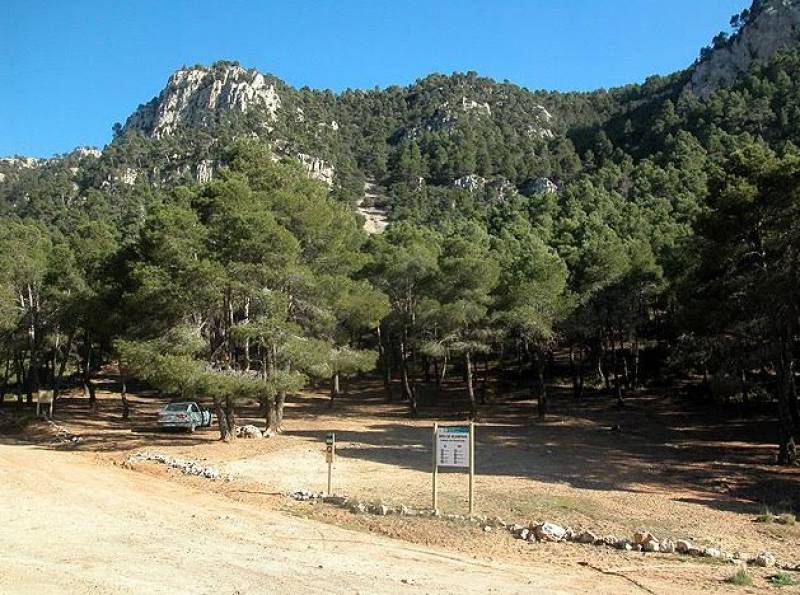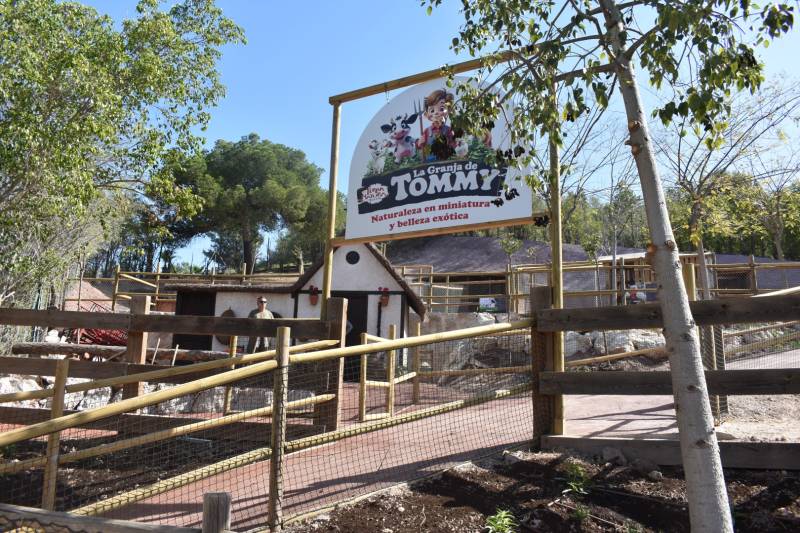- Region
- Águilas
- Alhama de Murcia
- Jumilla
- Lorca
- Los Alcázares
- Mazarrón
- San Javier
-
ALL AREAS & TOWNS
- AREAS
- SOUTH WEST
- MAR MENOR
- MURCIA CITY & CENTRAL
- NORTH & NORTH WEST
- TOWNS
- Abanilla
- Abarán
- Aguilas
- Alamillo
- Alcantarilla
- Aledo
- Alhama de Murcia
- Archena
- Balsicas
- Blanca
- Bolnuevo
- Bullas
- Cañadas del Romero
- Cabo de Palos
- Calasparra
- Camping Bolnuevo
- Campo De Ricote
- Camposol
- Canada De La Lena
- Caravaca de la Cruz
- Cartagena
- Cehegin
- Ceuti
- Cieza
- Condado de Alhama
- Corvera
- Costa Cálida
- Cuevas De Almanzora
- Cuevas de Reyllo
- El Carmoli
- El Mojon
- El Molino (Puerto Lumbreras)
- El Pareton / Cantareros
- El Raso
- El Valle Golf Resort
- Fortuna
- Fuente Alamo
- Hacienda del Alamo Golf Resort
- Hacienda Riquelme Golf Resort
- Isla Plana
- Islas Menores & Mar de Cristal
- Jumilla
- La Azohia
- La Charca
- La Manga Club
- La Manga del Mar Menor
- La Pinilla
- La Puebla
- La Torre
- La Torre Golf Resort
- La Unión
- Las Palas
- Las Ramblas
- Las Ramblas Golf
- Las Torres de Cotillas
- Leiva
- Librilla
- Lo Pagan
- Lo Santiago
- Lorca
- Lorquí
- Los Alcázares
- Los Balcones
- Los Belones
- Los Canovas
- Los Nietos
- Los Perez (Tallante)
- Los Urrutias
- Los Ventorrillos
- Mar De Cristal
- Mar Menor
- Mar Menor Golf Resort
- Mazarrón
- Mazarrón Country Club
- Molina de Segura
- Moratalla
- Mula
- Murcia City
- Murcia Property
- Pareton
- Peraleja Golf Resort
- Perin
- Pilar de la Horadada
- Pinar de Campoverde
- Pinoso
- Playa Honda
- Playa Honda / Playa Paraíso
- Pliego
- Portmán
- Pozo Estrecho
- Puerto de Mazarrón
- Puerto Lumbreras
- Puntas De Calnegre
- Region of Murcia
- Ricote
- Roda Golf Resort
- Roldan
- Roldan and Lo Ferro
- San Javier
- San Pedro del Pinatar
- Santiago de la Ribera
- Sierra Espuña
- Sucina
- Tallante
- Terrazas de la Torre Golf Resort
- Torre Pacheco
- Totana
- What's On Weekly Bulletin
- Yecla


- EDITIONS:
 Spanish News Today
Spanish News Today
 Alicante Today
Alicante Today
 Andalucia Today
Andalucia Today
ARCHIVED - ANSE explains; fish are dying through lack of oxygen but political inaction is killing the Mar Menor
The regional authorities, national government and local authorities are involved in a constant fight to elude responsibility and deal with the root causes of what has now become a national ecological embarrassment
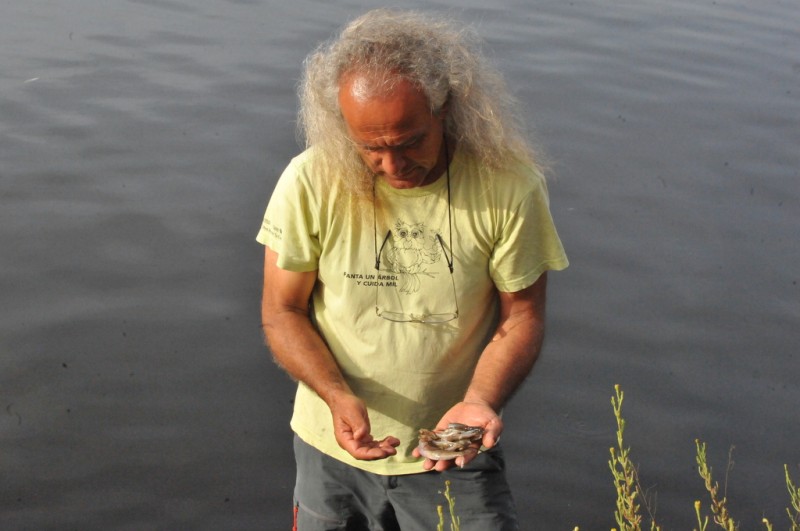
On Sunday morning tens of thousands of small fish clouded the waters of the Mar Menor close to the shore desperately searching for oxygen, the number of lifeless bodies floating to the surface forming a silver skin on the water behind beach operatives as they slowly moved along the shoreline scraping the corpses from the sand.
Bathing was banned on seven beaches as the bodies were scooped out of the water and tiny prawns removed from the sand along with the blackened slime of dead seabed fauna, the smell of rotting death pungently present, ensuring that the tourists and curious who walked along the shorelines filming the carnage to share with friends and family via social media had absolutely no desire to enter the water regardless.
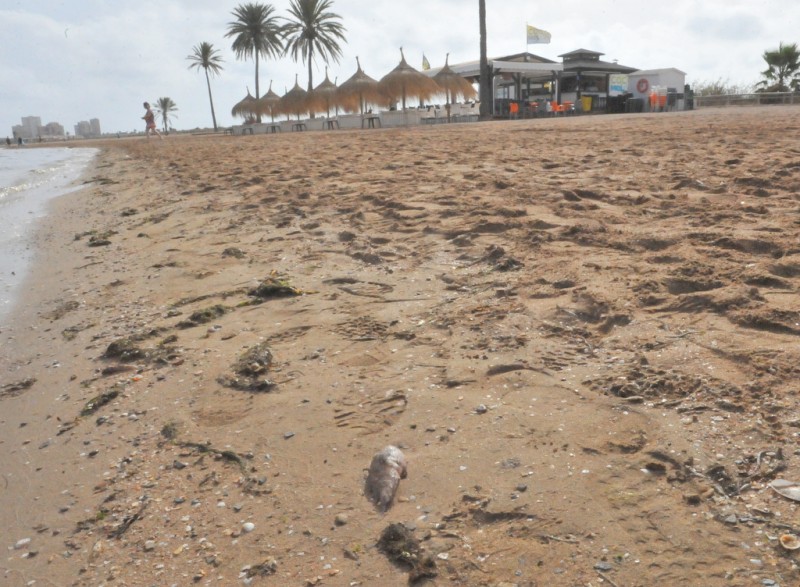
The businesses who have invested so much money into beach bars to service the summer tourist season rattled around in their kitchens, optimistically scraping frying pans and jiggling beer crates, although at 11am on Sunday morning, not a single client was observed enjoying the fresh sea air as would normally be the case in the middle of August.
For them, the summer campaign is over, the terrible publicity for the region during the Vuelta a España cycle race on Saturday, during which residents protested, banners could be seen draped on homes and bridges in spite of the attempts of the authorities to paint out the protest messages daubed on the road, as cameras from every major TV station in Spain transmitted not only footage of the race, but also covered the thousands of dead fish washing up on the beaches, giving the worst possible publicity to the important Spanish domestic market; this year the regional tourism board has invested everything into the national campaign, and no matter how much they spend trying to woo the visitors from Madrid for the early autumn weeks, major damage has now been done to the image of the star tourist attraction of the region and nobody could blame the tourists for choosing another place in which to spend the last weeks of the summer.
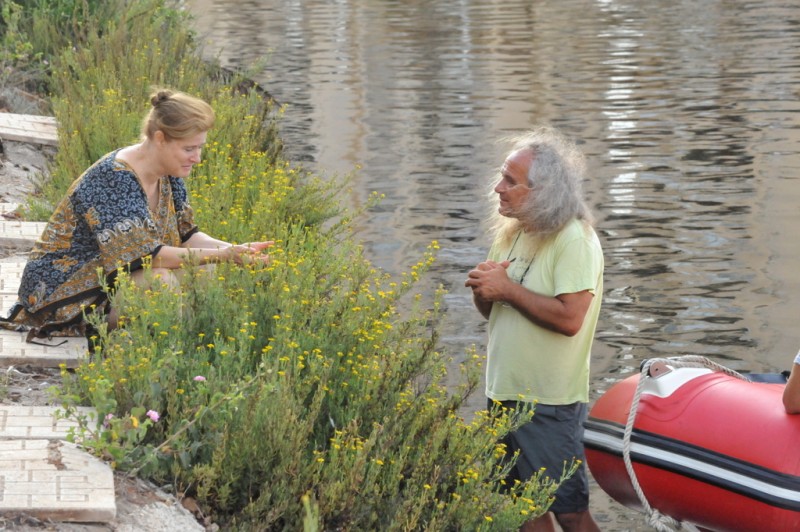
Pedro García, Director of ANSE, indicated that the volume of smaller fish and crustaceans washed up on Sunday morning was lower than the previous day, but resigned that the situation would continue with no short-term solution possible, explaining that as the turbidity of the water increased due to the rotting marine fauna on the floor of the Mar Menor, this would in turn exacerbate the process as the seabed was plunged into darkness due to the high presence of rotting plant material in the water, depriving the plants of light. The rotting process also creates Hydrogen sulphide, which in turn, kills plankton and the marine life.
This problem, he explained, was widespread, and although the dead fish washing up at the moment are primarily the smaller species which live in the shallower waters, increasingly larger specimens are being found as the lack of oxygen spreads into deeper waters; it was no coincidence, he said, that the Mar Menor fishermen had been fishing flat-out to remove as many of the larger fish from the lagoon as they could.
He emphasised that although the fish were predominantly smaller than those recovered in the last major episode of anoxia in San Pedro del Pinatar following the 2019 Gota Fría, the volume was considerably higher.
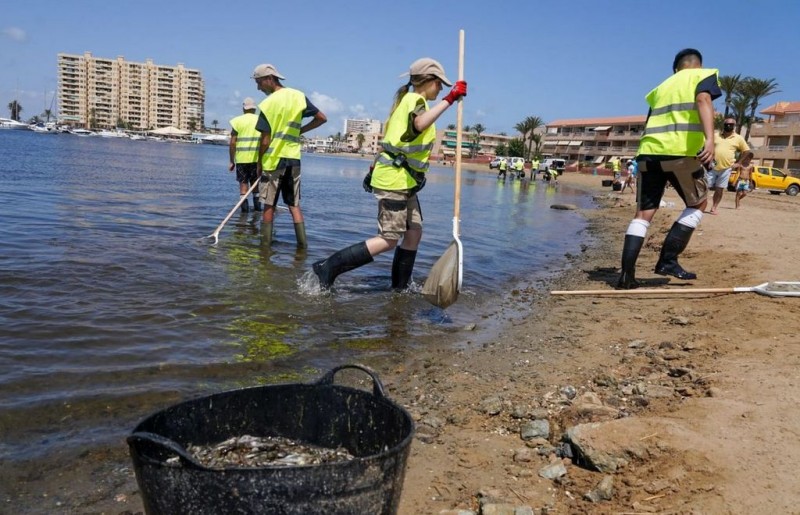
Image: beach teams were out in force on Saturday ahead of the arrival of the Vuelta a España
The Consejería of Medio Ambiente acknowledges that four and a half tons of fish have been removed from beaches in the last week, compared to the 3,000 kilos removed from San Pedro del Pinatar in 2019 (approximately 50 per cent more), but says that thousands of kilos of dead fish are simply rotting on the seabed and will never be recovered, compounding the problem.
Investigators from the UCAM (Murcia University) who have been part of the monitoring process of the lagoon since 2016 when the first mass eutrophication incident occurred with an algal bloom, indicated shortly before this latest incident that the fish stocks within the lagoon had been recovering from the 2019 anoxia incident, and that although they were still lower than they had been before 2019, were growing in numbers as the lagoon started to regain some stability.

ANSE has also been part of the long process to protect the Mar Menor and has campaigned ferociously to find ways of ensuring a healthy future for the lagoon, but Pedro García acknowledged that the problem was complex, and there were no easy or short-term solutions to resolve the current situation.
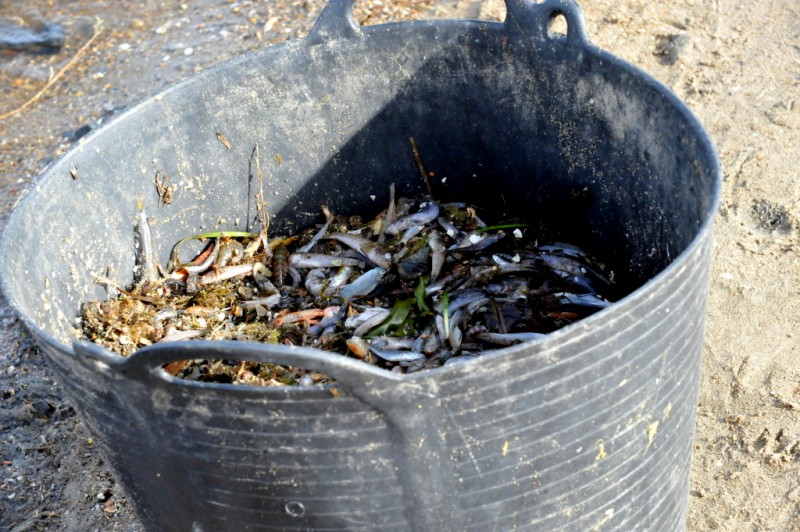
He remains adamant that the lagoon stands no chance of recovery unless the continued flow of nitrate-laden water from the Campo de Cartagena via the rambla del Albujón is stopped, the level of the contaminated Cartagena subterranean water aquifer reduced, and the illegal extraction and use of water by the agricultural sector controlled, but also recognises that this is a path the regional government is unwilling to implement on the necessary scale given the power of the agricultural sector and the economic implications for the regional economy due to the scale of agricultural activity in the region.
Slightly more than 200 illegal desalination plants have been sealed in the Campo de Cartagena and the Alicante area since inspections began in 2019 and 113 disciplinary proceedings have been proposed, according to the latest information provided by the Ministry for Ecological Transition, but not one single agricultural concern has yet been obliged to return its land back to the conditions in which it was farmed prior to the criminal investigations which followed the first episode of eutropication in 2016; 13 of the criminal prosections brought against the agricultural sector for illegal extraction and use of water have already been thrown out by the courts.
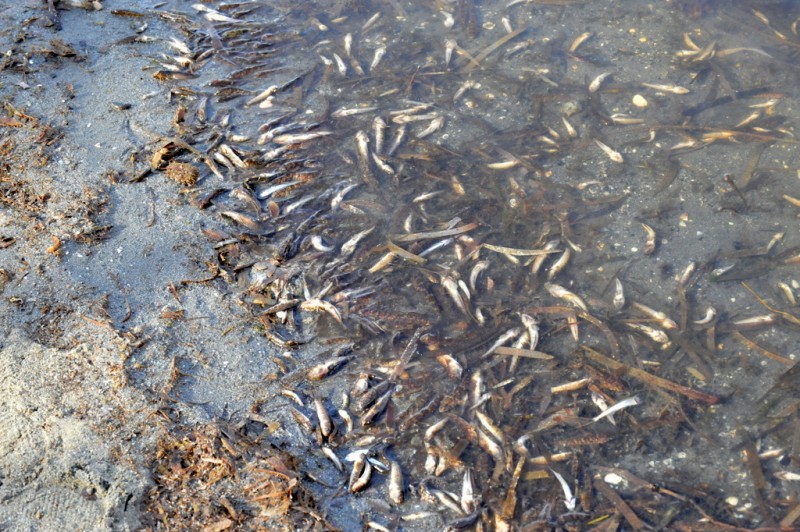
But the biggest single problem which faces the Mar Menor is the lack of political cohesion and the endless arguing between the various bodies involved about who is responsible for resolving the issues.
Yet again on Friday, the Murcian regional government responded to the criticism being directed against it by an angry public by blaming the inaction of the national government and CHS, who in turn responded by affirming their point of view that the regional government of Murcia has all the authority it needs to protect the lagoon and resolve the problems itself; another repetition of the endless arguments which are linked to this situation.
Although the Public Prosecutor announced last week that a formal investigation will be undertaken into the death of fish in the Mar Menor, this will be yet another investigation, and yet another set of inconclusive conclusions which is unlikely to result in any sort of actual action.
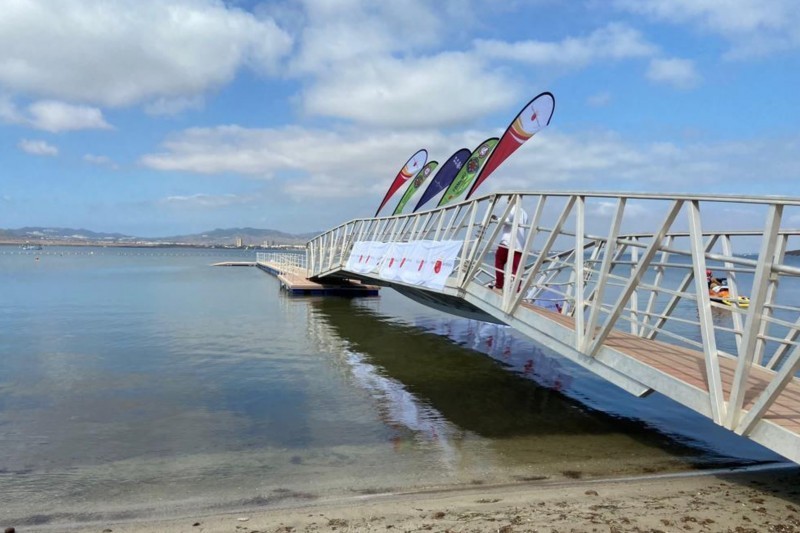
On Friday the Mayoress of Cartagena reminded the public of how many millions of euros of public money has been spent “cleaning beaches” of dead fish and rotting vegetation, as well as installing walkways and platforms which take bathers out and over the top of the silt-laden shallows into cleaner water, and called for solutions.
Unfortunately, millions of euros spent doing little more than putting a sticking plaster over a gaping wound to ensure that tourists still come to the region this year, but without actally resolving the core causes of the issues.
On Sunday morning, one of these platforms at the Portobello beach in the Cavanna area of La Manga remained closed off, the first section lying twisted in the shallows after it had collapsed during an official presentation, spilling the packed dignitaries into the water, due to the sheer number of people trying to get in on the photocall………some would say, a fitting representation of the current situation; an attempt to gain positive publicity from a costly and pointless short-term stop-gap by walking over the top of the sludge by a gaggle of politicians and dignitaries, without actually dealing with the underlying causes, and which now lies useless in the water alongside tons of dying fish……...
On Monday Playa de La Gola, Mar de Cristal, Cavanna, Cala del Pino, Playa Honda, Playa Paraiso and Puerto Bello beaches, all at the southern end of the lagoon, remained closed to bathers as work continued to remove the dead fish.
Click here for a more detailed analysis of how and why the Mar Menor has deteriorated in recent decades.
Cartagena
El Carmoli
Islas Menores and Mar de Cristal
La Manga Club
La Manga del Mar Menor
La Puebla
La Torre Golf Resort
La Union
Los Alcazares
Los Belones
Los Nietos
Los Urrutias
Mar Menor Golf Resort
Pilar de la Horadada
Playa Honda / Playa Paraiso
Portman
Roldan and Lo Ferro
San Javier
San Pedro del Pinatar
Santa Rosalia Lake and Life resort
Terrazas de la Torre Golf Resort
Torre Pacheco
Aledo
Alhama de Murcia
Bolnuevo
Camposol
Condado de Alhama
Fuente Alamo
Hacienda del Alamo Golf Resort
Lorca
Mazarron
Puerto de Mazarron
Puerto Lumbreras
Sierra Espuna
Totana
Abaran
Alcantarilla
Archena
Blanca
Corvera
El Valle Golf Resort
Hacienda Riquelme Golf Resort
Lorqui
Molina de Segura
Mosa Trajectum
Murcia City
Peraleja Golf Resort
Ricote
Sucina
Condado de Alhama
El Valle Golf Resort
Hacienda del Alamo Golf Resort
Hacienda Riquelme Golf Resort
Islas Menores and Mar de Cristal
La Manga Club
La Torre Golf Resort
Mar Menor Golf Resort
Mazarron Country Club
Mosa Trajectum
Peraleja Golf Resort
Santa Rosalia Lake and Life resort
Terrazas de la Torre Golf Resort
La Zenia
Lomas de Cabo Roig

CAMPOSOL TODAY Whats OnCartagena SpainCoronavirusCorvera Airport MurciaMurcia Gota Fria 2019Murcia property news generic threadWeekly Bulletin












